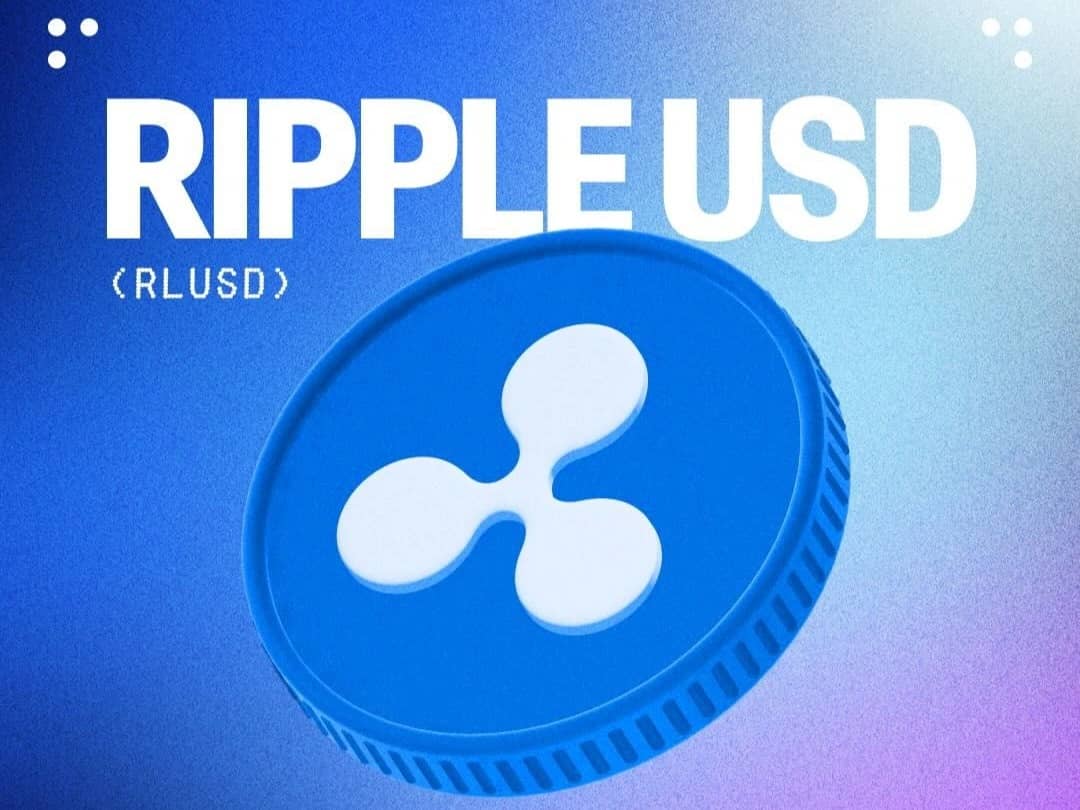订阅 wiki
Share wiki
Bookmark
RLUSD
RLUSD
RLUSD (Ripple USD) 是由加密货币解决方案基础设施 Ripple 于 2024 年 12 月 17 日推出的稳定币 [1]。
概述
RLUSD 最初于 2024 年 6 月推出 [2]。2024 年 8 月,宣布 RLUSD 在 XRP Ledger 和 Ethereum 主网 上进行私人 Beta 测试 [2]。Ripple 计划随着时间的推移将 RLUSD 扩展到其他区块链和去中心化金融 (DeFi) 协议 [2]。
RLUSD 的价值与美元 (USD) 1:1 挂钩,并由美元存款、短期美国政府国债和其他现金等价物 100% 支持 [2]。Ripple 在纽约信托公司许可下铸造 RLUSD,并将每个代币记录在受监管账户中持有的这些储备资产中 [1]。第三方会计师事务所将审计这些储备资产,Ripple 将每月发布证明 [2]。
虽然 RLUSD 于 2024 年 12 月 17 日正式推出 [1],但一些用户报告称,他们能够在 2024 年 12 月 4 日通过设置 Trustlines 在自托管 XRP 钱包 Xaman 上添加稳定币 [2]。Xaman 首席运营官 Robert Kiuru 指出,可以为任何资产设置 Trustlines,但不能确认资产本身的发行或可用性 [2]。
供应和使用增长
截至 2025 年 6 月 8 日的一周,RLUSD 的流通供应量增加了 29%,增加了 7250 万美元,超过了 3 亿美元的门槛,收于 3.206 亿美元 [1]。这标志着自 2024 年 12 月 17 日推出以来,该代币的流通量增加了六倍 [1]。
供应量的增加与每周转账量增加 38% 同时发生,从前一周的 4.697 亿美元攀升至 6.481 亿美元 [1]。该交易量接近 4 月 21 日至 27 日期间创下的 7.41 亿美元的每周转账量峰值 [1]。在此期间,Ripple 没有销毁任何代币,表明增加是由于净新创建而不是重新发行 [1]。
尽管如此,RLUSD 约占稳定币市场总额的 0.1%,该市场总额约为 2360 亿美元 [1]。
监管批准和合作伙伴关系
2024 年 12 月,Ripple Labs 的 RLUSD 稳定币 获得了纽约金融服务部 (NYDFS) 的批准 [2]。
在 2025 年 6 月供应量超过 3 亿美元的前几天,迪拜金融服务管理局 (DFSA) 批准 RLUSD 在迪拜国际金融中心 (DIFC) 内使用 [1]。Ripple 计划将 RLUSD 与其 DFSA 许可的支付平台集成,允许多达 7,000 家当地受监管公司使用该代币结算交易 [1]。Ripple 中东和非洲区董事总经理 Reece Merrick 强调了该地区对数字资产结算和托管日益增长的需求以及阿联酋充满活力的数字经济 [1]。DFSA 的批准为 RLUSD 提供了美国和国际监管认可 [1]。
2024 年 10 月,Ripple 与多家交易所合作,包括 Uphold、Bitstamp、Bitso、MoonPay、Independent Reserve、CoinMENA 和 Bullish,以促进代币的推出 [2]。预计 B2C2 和 Keyrock 等做市商将提供流动性支持 [2]。
RLUSD 也是 Ripple 收购主要经纪平台 Hidden Road 后战略的一部分。Ripple 计划将 RLUSD 集成到 Hidden Road 的服务中,作为 12.5 亿美元交易的一部分 [1]。
扩展到日本
2025 年 8 月,Ripple 和 SBI Holdings 宣布合作,计划在 2026 年初在日本推出 RLUSD 稳定币。根据谅解备忘录正式确定的这项联合计划将通过 SBI VC Trade(SBI Holdings 的许可加密货币交易所)分发 RLUSD [3]。
这项扩展得益于日本修订后的《支付服务法》,该法于 2023 年 6 月生效,并为发行和分发稳定币创建了许可框架。SBI VC Trade 是日本第一家获得电子支付工具交易所服务提供商许可证的实体,该许可证允许其处理像 RLUSD 这样在国外发行的稳定币 [3]。据 SBI VC Trade 首席执行官 Tomohiko Kondo 称,推出 RLUSD 旨在提高“日本市场上稳定币的可靠性和便利性” [3]。
与 XRP 的关系
Ripple 计划在其跨境支付解决方案中使用 RLUSD 和 XRP,以服务其全球客户 [2]。Ripple 总裁 Monica Long 表示,RLUSD 的构建是为了补充和增加 XRP [2]。
一些消息来源表明,RLUSD 被认为对 XRP 有益,因为这两种资产将相互配对 [2]。由于 XRP 在交易所的可用性很高,预计它将有助于增加 RLUSD 的流动性,而配对旨在帮助稳定 RLUSD 的价格并防止脱钩 [2]。
目标受众和策略
据 Ripple Labs 首席执行官 Brad Garlinghouse 称,RLUSD 将主要关注大型机构参与者 [2]。Garlinghouse 表示,稳定币市场中存在一个新参与者的机会,该参与者强调机构和合规性 [2]。
他还提到,Ripple 之前在其支付流程中使用过其他稳定币,例如 Circle 的 USDC [2]。Garlinghouse 认为,2023 年春季 USDC 脱钩事件凸显了一个机会,即已经与金融机构合作的可信参与者进入市场 [2]。
发现错误了吗?
